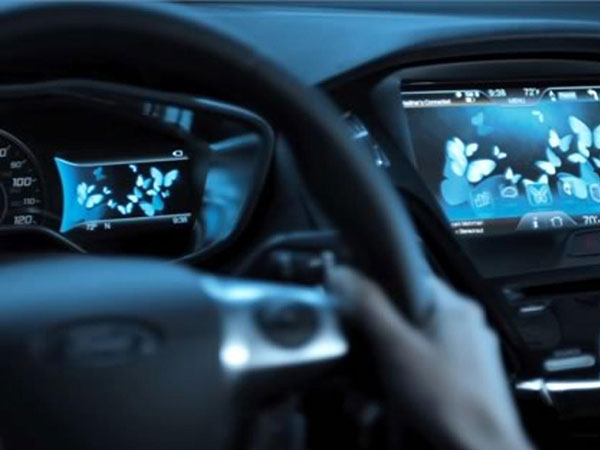
[ad_1]
The global autonomous vehicle market is already valued at an estimated 54 billion, and is projected to increase over the coming years. Self-driving cars are one of the more popularized and futuristic endeavors that people are looking forward to, and it’s all made possible in part by big data. However, in addition to autonomous vehicles, big data is transforming the transportation industry in a number of other ways as well. From improving traffic efficiency to crash maps made with predictive analysis, here’s what you need to know.
Traffic improvement
City traffic can cause a number of issues for commuters — in fact, it’s estimated that Americans lose $160 billion in productivity each year, simply by sitting in traffic. However, the Samsung NEXT company, Swiftly, is looking to change things by having built an impressive data platform that works to collect as well as analyze data points in real time from an entire city’s fleet of transit. This allows for the tracking and insight of common traffic issues, such as congestion, of which can help make public transit more reliable by notifying passengers of any inconveniences — such as if a bus is running later than expected. This technology not only helps to create an enhanced user experience, but has the potential to revolutionize transportation in big cities by making things run more reliably. More than 55 city transit networks across the country are already making use of Swiftly’s transit data technology, proving it to be a success thus far.
Autonomous vehicles on the rise
When it comes to improving safety on our roadways, the popularity of big data through the use of autonomous car features is on the rise. Features such as lane keep assist, self-parking, and even autopilot can be seen in some newer cars today, and are increasing in demand. These features all work to enhance a driver’s experience by avoiding accidents that are oftentimes caused by human error.
For example, lane keep assist features generally work by collecting data from cameras and using that data to detect anomalies in a driving pattern, allowing the vehicle to correct itself and stay in between the lane lines. This can become extremely useful in the event that a driver becomes momentarily distracted, or is experiencing fatigue while behind the wheel. While complete self-driving cars are still estimated to be years away, the idea is becoming more and more accepted around the world. In fact, Germany plans to be the first in the world to permit driverless cars across the country by the year 2022.
Improving the shipping industry
In addition to personal vehicles, big data and self driving technology is also transforming the shipping industry, as well. Both large and small companies rely on shipping everyday, and deal with the hurdles of late shipments, paperwork, driver error, and similar issues on a regular basis, making it a stressful part of business for many. However, autonomous trucks are working to revolutionize the way that cargo is shipped, and in more ways than one. One of the latest journeys that an autonomous truck has taken lasted for over 2,800 miles and 41 hours, proving the stamina of such technology to be incredible.
The normalization of using such Big Data technology could mean significant improvements for the companies that choose to use them, such as faster delivery times — including faster trans-continental deliveries, as well as by reducing logistical issues and cutting costs when it comes to having physical drivers. Autonomous trucking used for shipping purposes can also improve safety as well, such as by eliminating ever present and problematic issues like driver fatigue and other errors that are responsible for a number of accidents each year.
Predictive analysis and crash maps
Yet another way that big data is transforming the transportation industry is through the creation of crash maps. By utilizing data from the past on car accidents — including important details such as when and where the accident happened, as well as incoming data, an innovative map can be produced that helps to predict future at-risk areas. Tennessee began a crash map prediction program back in 2013, which allowed for state troopers to make use of the maps in order to help decide where they may need to patrol, and also make enforcement plans in advance.
One result of the program showed that the agency’s crash response time was actually reduced by 33% between the years 2012 and 2016. Such innovations could not only continue to do the same in other parts of the country, but can also pinpoint and track the areas where accidents happen the most — thus allowing for further action to be taken to improve (such as implementing a stop sign, or redesigning roadways).
Big data is transforming the world as we know it in many aspects. including via how we get to and from places. From the future of self-driving vehicles to improving traffic, there are a number of ways that big data is being incorporated within the transportation industry in order to create roads that are safer and work more efficiently.
[ad_2]
Source link